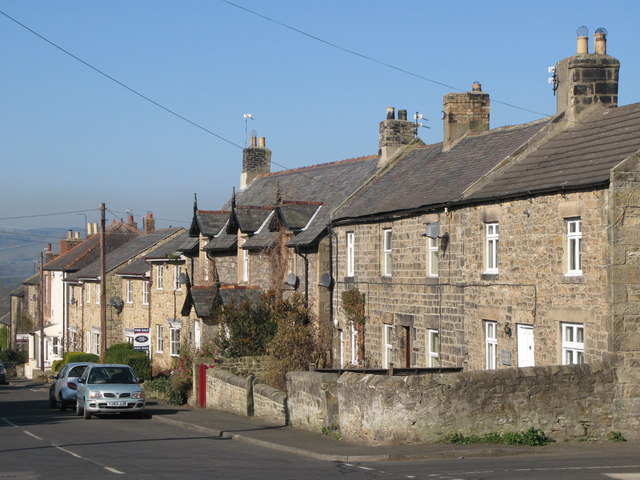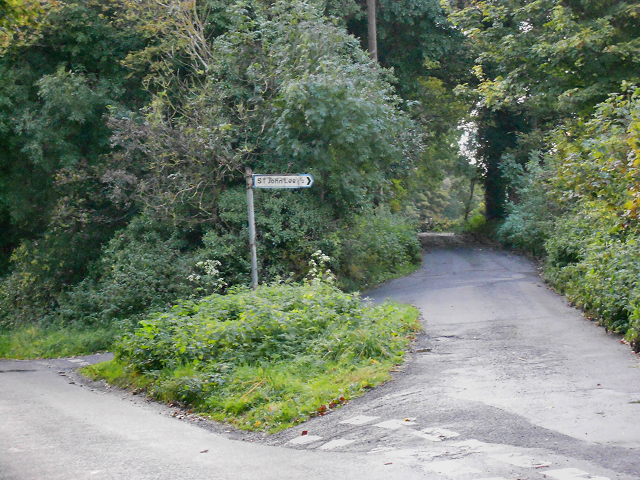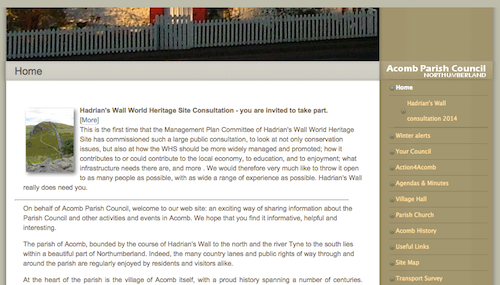Topics > Northumberland > Civil Parishes in Northumberland > Acomb Civil Parish
Acomb Civil Parish
Parish boundaries may have changed - for the latest map see the Parish Council or Northumberland County Council.
About the Parish
| Settlements: |
Acomb (village), St John Lee (church & vicarage), and several scattered farms. |
| Population: |
1,298 (2021 Census) 1,268 (2011 Census) 1,184 (2001 Census) |
| Area: | 11.5 km2 |
| Parish Council: | Acomb Parish Council |
| Unitary Authority: | Northumberland County Council |
Historical |
|
|
Ancient Townships (in modern CP area) |
Townships became civil parishes in their own right in 1866 (see below). |
| Ancient Parish: |
St John Lee Parish (St John Lee) Ancient parishes refer to the parishes before the split between ecclesiastical (church) and civil parishes in the 19th century. They had a parish church and often were composed of multiple townships and chapelries. In many cases, townships and parishes were originally based on the territory of manors from the feudal system during medieval times. Civil parishes were created following the Poor Law Amendment Act 1866, in which Church of England parishes, extra-parochial areas, townships and chapelries, became "civil parishes" which could set their own poor rate (tax). Then the reforms of Local Government Act 1894 established elected civil parish councils (or parish meetings for parishes with less than 300 residents) and created urban and rural districts. Boundaries of parishes and civil parishes may have changed over time. |
| Ancient District: |
Tynedale (ward) |
| Poor Law Union: |
Hexham Poor Law Union, formed in 1836. Hexham Union Workhouse was located on Dean Street in Hexham, opening in 1839. This replaced smaller existing workhouses in Corbridge, Hexham and Horsley. Under the Poor Law Amendment Act of 1834 parishes were grouped into Unions, each of which had to build a workhouse if they did not already have one. It ended the old system of locally provided poor relief which had come under strain as numbers out of work grew, following increasing mechanisation of agriculture and the economic downturn after the Napoleonic Wars, along with changing social attitudes. The workhouse provided those unable to support themselves financially with accommodation and work. Inmates were generally segregated into men, women, boys and girls. The workhouse system was abolished by the Local Government Act 1929, but many workhouses lived on as ‘Public Assistance Institutions’ until the National Assistance Act 1948. |
|
District Council: |
Hexham Rural District (1894 - 1974). The district was abolished in 1974, following the Local Government Act 1972. Tynedale District (1974 - 2009). Tynedale covered the area of 5 former districts (Hexham Urban District, Prudhoe Urban District, Bellingham Rural District, Haltwhistle Rural District, and Hexham Rural District). The borough council was abolished when Northumberland County Council became a unitary authority on the 1st of April 2009. |
|
County - pre 1572 |
Acomb was once part of 'The Regality of Hexhamshire' - an area probably relating to the land given by Queen Ethelreda to St. Wilfred in 674 to found the Priory of Hexham. Hexamshire included the ancient parishes of Hexham, Allendale and St John Lee. Up to the 12th century, Hexhamshire was part of the County Palantine of Durham, controlled by the powerful Prince Bishops of Durham. In the 12th century Hexhamshire was given full county status by Henry I, in an attempt to reduce the territory and power of the Prince Bishops of Durham. However, Hexhamshire was put under the control of the Archbishop of York, so in some respects could be considered to have been an 'enclave' of Yorkshire. |
|
County / Unitary Authority |
Acomb became part of Northumberland in 1572 when Parliament passed a bill annexing Hexham and Hexamshire to the County of Northumberland The ancient county of Northumberland was enlarged following the Counties (Detached Parts) Act 1844; Bedlingtonshire, Norhamshire, Islandshire, the Farne Islands and Monks' House all became part of Northumberland. Up to then they had been enclaves of County Durham. Northumberland County Council formed 1889. Major boundary changes came into effect on the 1st April 1974. This followed the Local Government Act 1972, which formed the non-metropolitan county of Northumberland. This excluded the City of Newcastle upon Tyne and North Tyneside, which up to then had been part of Northumberland, but now became part of the newly formed Tyne & Wear. Northumberland County Council became a unitary authority on the 1st of April 2009. |
See also: ![]() Historic Buildings and Monuments in Acomb Civil Parish. Note: listed buildings are generally the responsibility of the county council / unitary authority, rather than the parish council.
Historic Buildings and Monuments in Acomb Civil Parish. Note: listed buildings are generally the responsibility of the county council / unitary authority, rather than the parish council.

Co-Curate Page
Acomb
- Overview About Acomb Map Street View "The village of Acomb is situated on the north bank of the Tyne, two miles north from Hexham, and was part of the ancient …

Co-Curate Page
St John Lee
- Overview Map Street View St John Lee was a parish from 1572, until 1866. The parish church and rectory are located south-east of the village of Acomb, in what could …


Co-Curate Page
Acomb
- Overview About Acomb Map Street View "The village of Acomb is situated on the north bank of the Tyne, two miles north from Hexham, and was part of the ancient …











